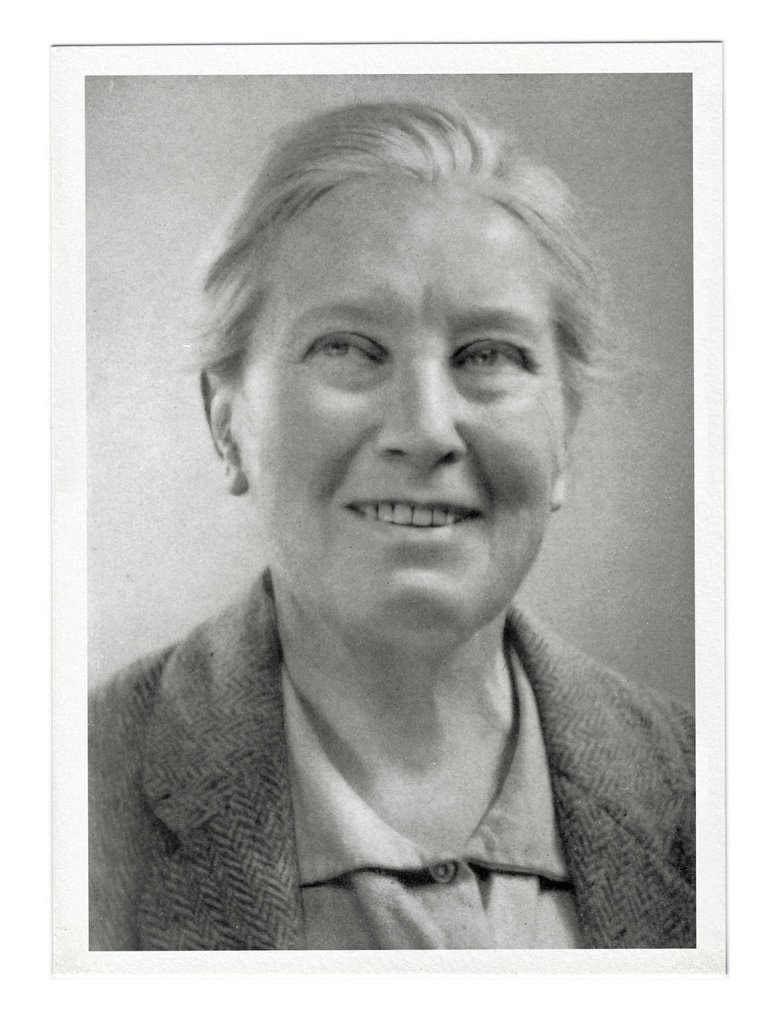In the mid-summer of 1904, American mountaineer Charles Fay set out to climb Mount Fay. Nestled in the Valley of the Ten Peaks, the over 10,000-foot-tall crest was named for Fay by the Geographic Board of Canada who they assumed would be the first to summit it. Fay and his guides set out in early July but were waylaid by harsh weather and a rockfall. The expedition was soon called off.
However, another mountaineer had climbed the mountain. Gertrude “Truda” Benham, who had taken a different route than Fay, would summit the mount on July 19.
An enraged Fay insisted his name be moved to a nearby mountain, and that he would be the first to summit that one. He would call off those plans when he learned that Benham had, by accident, already climbed that mountain during an initial attempt to summit Mount Fay.
It was the achievement of a lifetime, but for the 36-year-old Benham, it was just the beginning.
Born in London in 1867, Benham gained an early fascination with the outdoors and hiking. The youngest of six children, she often accompanied her father on trips to the Swiss Alps. Wandering through the alps and trekking up the Matterhorn would fill her sense of awe and wonder that she would carry for the rest of her life.
Benham spent most of her life at home caring for her aging parents. With her father’s death in 1891 and her mother’s in 1903, Benham decided to take her small inheritance and see the world.
Following her adventures in Canada, Benham walked across South America. Starting in Valparaiso, Chile, she trekked to Buenos Aires. After that, she traveled 600 miles through central Africa, starting in central Zambia and ending in Lake Tanganyika.

Her next conquest was to be the first woman to climb Mount Kilimanjaro. While traveling up the mountain, she was stopped by a troupe of German soldiers who warned her that the mountain “had never been climbed by any Britisher, man or woman, and very seldom by anyone else.” Gertrude would eventually complete the 19,000-foot climb on her own when her guides discovered the skeletons of previous climbers and turned back.
It was an accomplishment that would not be repeated by another woman for 18 years. By that time, Benham had traveled across Africa three times.
Benham was a frugal traveler, accomplishing her trips on a budget of about 250 pounds, which, according to the New York Times, translates to about $13,000 in today’s currency. She sold and traded her needlework in order to make extra money.
Benham kept a rotating cast of porters to help carry her bags as well as guide her through unfamiliar terrain. For entertainment, she kept on hand copies of the Bible, Richard D. Blackmoore’s Lorna Doone, Kipling’s Kim, and a pocket Shakespeare. Described as a self-described “jack-of-all-trades,” she’s said to have only fallen ill once, acquiring a case of Malaria in Calcutta.
While confined to Britain during WW1, Benham was elected to the Royal Geographical Society but resigned shortly after. Her descriptions of natives and scenic views annoyed the more science-focused members of the society.
Benham died in February 1938 at the age of 71. She had set off in 1935 to study an archipelago in the South Pacific and expired on board a ship off the coast of East Africa, though the cause of death is unknown. She had planned to make one last trip around the world before retiring to Britain’s southern coast.
During her life, she circumnavigated the world by ship, train and foot no less than seven times. She climbed an estimated 300 mountain ranges and explored nearly every corner of the British Empire.
Today, one of the nearby mountain peaks in the Valley of the Ten Peaks is named Truda Peak in her honor.
Joshua Fadare
Reporter


